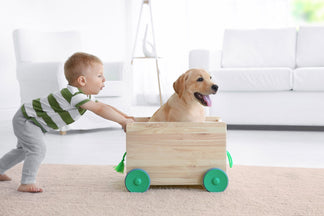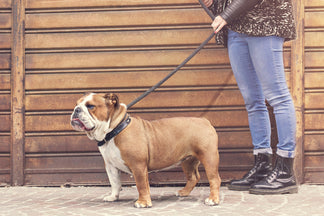We continue with our Getting to Know Your Breed series and move from dogs to CATS. As we noted in our introduction to this series, there are over 50 recognized cat breeds in the US. And the Cat Fancier’s Association recognizes the Persian cat as the 2nd most popular breed. Persian’s are a long-haired cat breed with a distinctive flat or “doll” face.
Life expectancy: Persian’s live a relatively long life ranging from 12 – 17 years.
Size: They are medium-sized ranging from 7 – 12 lbs.
Color: Persians can be found in a variety of colors and types from pure white, to silver to caramel or multi-colored. Their long flowing hair and fluffy tail is their most distinctive characteristic.
Origins: The Persian hails from Persia (Iran) with their earliest recordings when they made their way to Italy from Iran in the 1600’s. They found their way to Britain in mid-1800’s and to the United States in early 1900’s. Ancient hieroglyphics contain renderings of cats with distinct similarities to the Persian, so they’ve probably been around a lot longer!
Personality: Persians are gently and serene cats who thrive in a calm, quiet setting. Households with lots of activity, kids, dogs, etc. is probably not the best environment for them. They have a sweet and loving personality and like nothing more than to curl up in your lap for some well-deserved petting. They are also sedate and dignified cat, so don’t take offense if they enjoy their own company more than yours.
Health Issues: The Persian’s flat face make it more susceptible to breathing problems or dental issues related to their teeth alignment. Long-haired breeds overheat easily, so it’s important to keep them indoors and in air-conditioned comfort.
There are several known hereditary issues that may be of concern, including polycystic kidney disease (PKD), progressive retinal atrophy (PRA), hypertrophic cardiomyopathy (HCM), bladder stones, cystitis (bladder infections), and liver shunts.
Your best safeguard against these health issues is to get your Persian from a reputable breeder, keep them at a healthy weight and see your veterinarian regularly.
Grooming: Persian’s fur requires daily brushing and regular bathing in order to keep its fluffy fullness and luster. Neglect their fur and it can quickly become matted and is then susceptible to mites and other unwanted parasites. If you want a low maintenance pet, a Perisan is not for you. They were bred to look pretty sitting on a pillow next to Pharaoh’s throne, not chasing mice.
Their facial structure may also lead to excessive tearing which may stain their fur and also requires regular grooming.
Finally, Persian’s shed, and they shed a lot, so be ready with the vacuum.
Native foods for the Persian Cat: Native proteins found in Persia and Mesopotamia would include wild pigs, mongoose and cows and fauna such as apples, figs and pomegranates.
Good Foods to Feed a Persian Cat:Based on the Persians origin, here are a few foods that contain some of the key ingredients that the original Persians would have likely eaten. This list is not meant to be exhaustive, but rather provide ‘food for thought’.
Acanatm Regionals - Appalachian Ranch
Primaltm Feline Beef & Salmon
Fun Facts About Persian Cats:
Queen Victoria was the proud owner of two Blue Persian cats and Marilyn Monroe owned a white Persian cat named Mitsou.
Persian cats were held in such high regard and estimated value that they were smuggled along with jewels and spices out of Persia and considered contraband.
Sources:
https://en.wikipedia.org/wiki/Persian_cat
http://www.vetstreet.com/cats/persian
http://cattime.com/cat-breeds/persian-cats
http://www.cfa.org/Breeds/BreedsKthruR/Persian.aspx



 Family
Family
 Family
Family
 Family
Family
